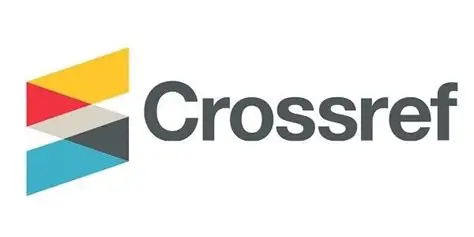CHITRA DIVAKARUNI’S PALACE OF ILLUSIONS
Keywords:
Mahabharta, Sociolinguistics, Illusion, Feminism, Culture, Modernity, Dominance,,Abstract
This paper divulges into the female perspective of the Indian epic Mahabharata how it is narrated
under female influence and the differences noticed based largely on gender and other
sociolinguistic factors. Some major constituents of this paper would be understanding and
critically analyzing the point of view how it is biased or influenced under many circumstances in
which gender and sociolinguistic factors also contribute and have an adverse impact.
Divakaruni’s work involve various impactful women in her work one of which is Palace of
Illusions that indeed creates an impactful aura which creates an opportunity of discussion regarding
biasness of gender in language. Through generations we have read the Mahabharata as narrated
by entities of position who had men influence and that field is reformed by Chitra Divakaruni as
she introduces a female perspective into this which this paper will be analyzing. This novel
presents a feministic view point as well that can be considered to be a huge creative point that
presents the chance to depict how gender is influencing language not only in the modern times but
from the times of epic when the cultural and social scenarios were entirely different from as they
are today’s circumstance.
This paper is put forth that would critically examine these given aspects of sociolinguistic setting
and determine the role of language how it is used and in what manner and degree that creates an
impactful scenario which holds the power to create dominance and the way it is showcased. Such
use of language holds the power to alter many circumstances and situations and not necessarily
always for the better outcome of the situation which would be understood in a more clarified
manner in further content of this paper.
References
Divakaruni, Chitra Banerjee. The Palace of Illusions: A Novel. Doubleday America, 2008.
Perl, Anggud. “The Handbook of Language and Gender.” Academia.edu, 27 Oct. 2016,
https://www.academia.edu/29484081/THE_HANDBOOK_OF_LANGUAGE_AND_GEN
DER.
Kulick, D. (2003). Language and Desire. In The Handbook of Language and Gender (eds J. Holmes
and M. Meyerhoff). https://doi.org/10.1002/9780470756942.ch5
Monika, S. "Portrayal of Women as a Powerful Force in Chitra Banerjee Divakaruni’s novels."
International Journal of English, Literature and Humanities 4.6 (2016).


